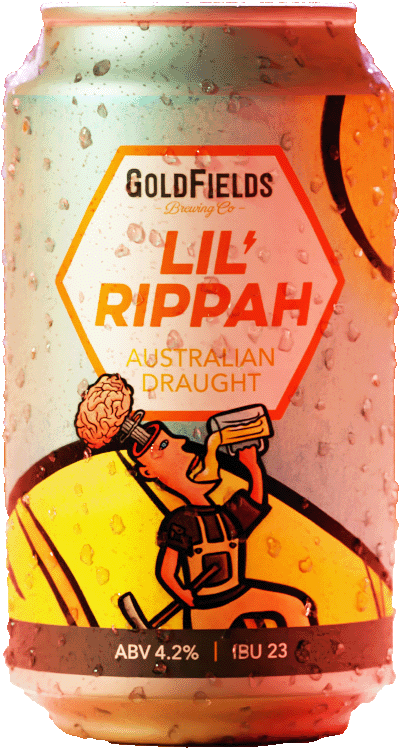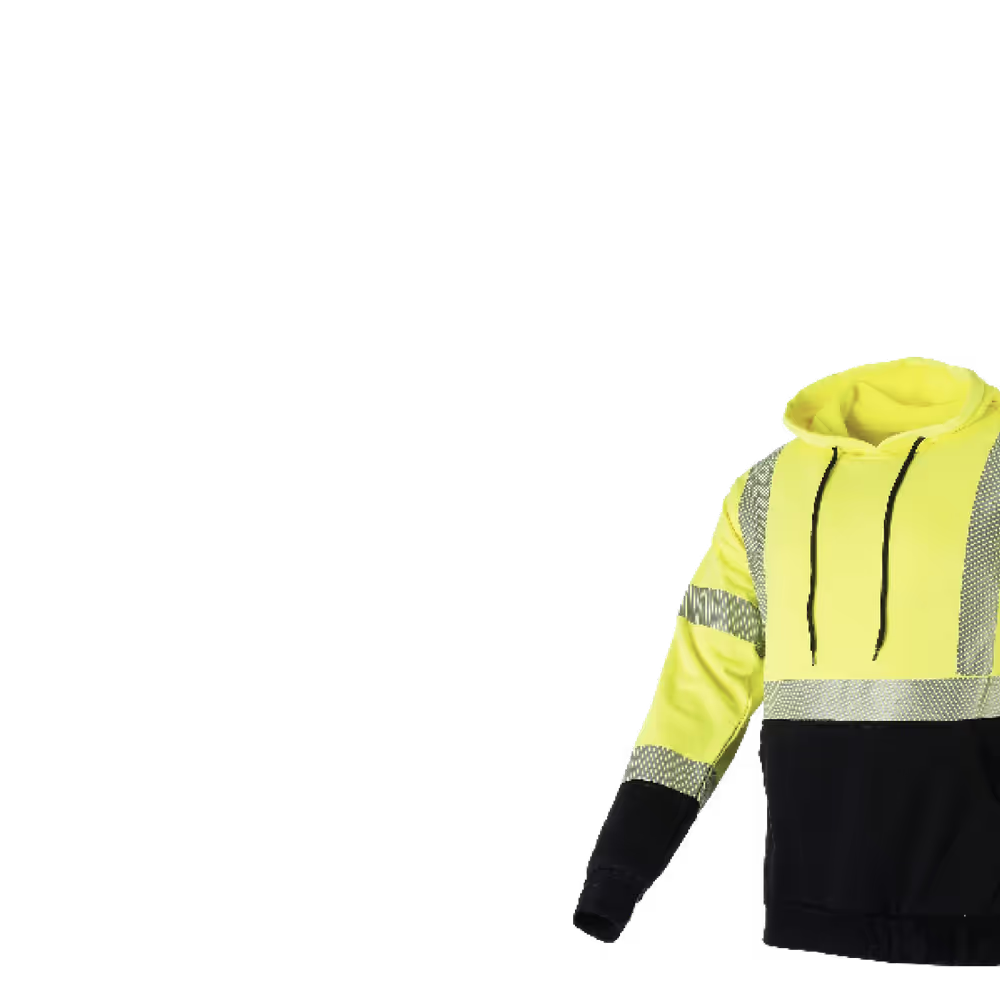There’s a lot of theory doing the rounds on brands, branding, brand engagement, employer brands, employee brands (yes, there’s a difference), employee value propositions or EVPs, brand value - even reading this sentence can cause one’s eyes to glaze over.
A simple Google search can have you disappearing down the rabbit hole of endless articles, papers and opinions. For good reason - the importance and real business value of aligning your employees (present and future ) with your corporate brand is becoming increasingly clear as markets become more competitive, consumers more discerning and companies realising the value of their employees.
“To win in the marketplace you must first win in the workplace”
— Campbell's Soup CEO, Doug Conant
Boardroom discussions around brand value increasingly include the Human Resource perspective. Brands like IKEA, Etsy, Spotify and Salesforce are getting it right, and inspiring businesses big and small to do the same.
The problem with a lot of these discussions is that there are often no clear actionable ways to unlock the power of bringing brand and culture together in an organisation. Organisations get stuck on the “how” and the “who”: how to do it in practice and who in the business is the owner of the process (marketing, HR, CEO?).
A business will then often engage a consultant or agency. And again this can raise interesting challenges - is it a branding agency in Melbourne or an HR specialist agency Melbourne that should be engaged? Can a marketing agency cover the employee aspect? Can an HR firm cover the branding aspect? And how do their respective processes bring all the critical elements together.
A strategy every business can follow
As firm believers in practical and implementable strategy, we have combined our years of experience in both HR and branding agency Perth to lay out the seven key stepsthat any business should take when embarking on a journey to align employee and customer experience, engagement and brand. These steps ensure that HR and marketing (and indeed the whole organisation) are working together to create a shared vision.
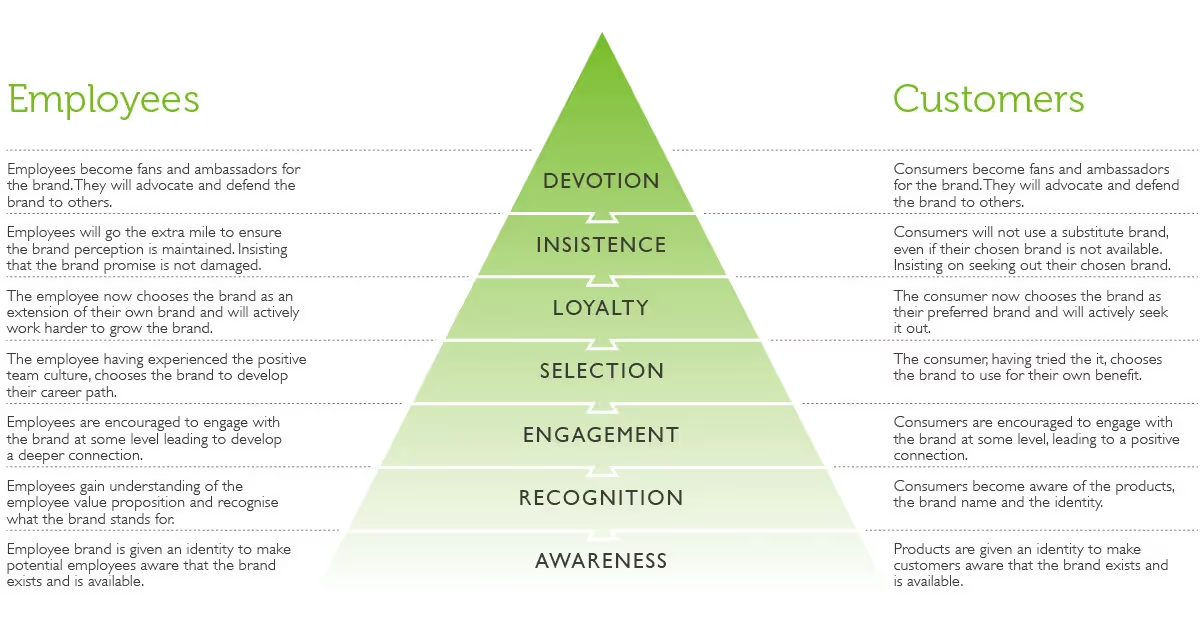
STEP ONE: Brand Identity and Awareness
First and foremost you need to lay the brand foundation for both customers and employees. An employee brand is given an identity (look and feel,tone, promise) which is articulated and communicated. Similarly a company’s products or services are branded and communicated to customers. These are aligned, and should have shared brand values. “Heineken’s employer, product and corporate brands are three sides of the same triangle,”says Ben Clark, Group Head of Talent Acquisition.*
STEP TWO: Recognition
Strategies are implemented which ensure that customers recognise your brand, and employees understand what it stands for, and how they fit into the picture. This is where marketing and HR really start working together. Essentially you’re putting the brands out there, being consistent and getting traction.
STEP THREE: Engagement
This is all about positive connection. Both employees and customers now step forward to engage in some way with your brand. It’s the start of an emotional connection - for customers it could be following you on social media, looking up your website, asking a friend about your product. For employees it could be a greater involvement in the company - like joining a committee, or planning a social function.
STEP FOUR: Selection
Here, that emotional connection is becoming action. The customer chooses to use your product or service. Your employee consciously sees a future in your organisation and starts to plan for that future.
STEP FIVE: Loyalty
Your brand is the favourite of both your employee and your customer. It’s getting hard for other brands to lure them away from you at this stage.
STEP SIX: Insistence
Your customers are most definitely not going to cheat on you with competitive brands. Your employees embody the brand in all their work (and social) interactions.
STEP SEVEN: Devotion
Your customers talk about you at every available opportunity. They get your friends to try your brand. They share their experience on Social Media. Your employees are deeply committed to the company and their role. They’ll show their loyalty in all sorts of ways (like Nike employees proudly getting their Swoosh tattoo).
Step Seven is brand engagement nirvana - your customers and employees are so completely devoted to your company or brand that they’re creating tangible benefits. This doesn’t mean you can become complacent though... this entire process requires constant and active management. You never want to lose those at Step Seven - keeping them there is paramount.
Throughout this Seven Step process there will be interplay between customers and employees - they have the capacity and ability to affect each other’s experiences. Monitoring this dynamic is again something that requires active management.
The perfectBrand EngagementStrategy always has both employees and customers experiences in mind - each needs a vision, plan and constant nurturing.
This is the first in a series of articles in which we will be expanding on each of these crucial Seven Steps, and giving you insight into planning and implementing, in order to create that perfect strategy.
Dovetail Brand Engagement are the first company in Australia (and maybe the world) created to specifically align your most powerful assets; your employees and your brand. HR and Marketing working together towards a single vision will create a greater value and brand equity for your business. Dovetail, can help you reap the benefits of targeting multiple markets with the right strategy for the right target market. More>
Source : Randstad 2020










.avif)





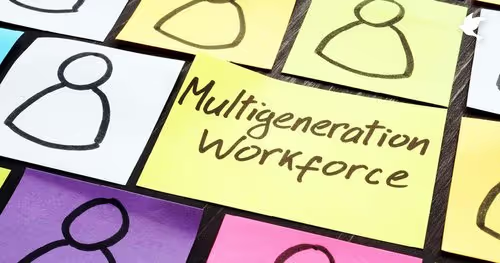




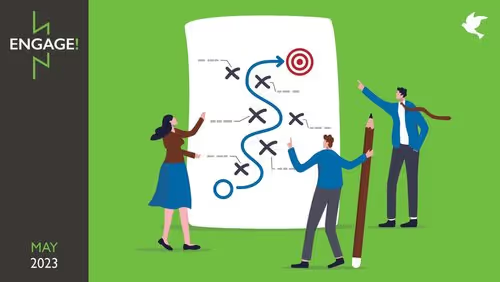





.avif)








